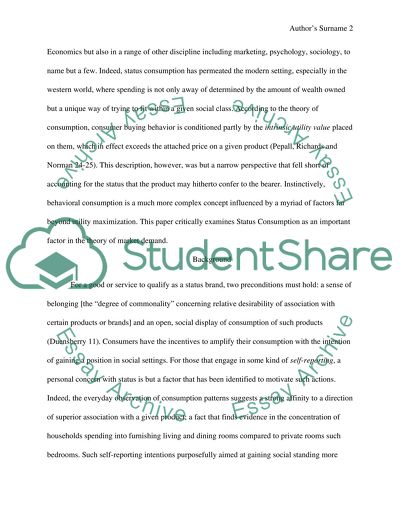Cite this document
(“Term paper Example | Topics and Well Written Essays - 1750 words”, n.d.)
Retrieved from https://studentshare.org/macro-microeconomics/1476413-term-paper
Retrieved from https://studentshare.org/macro-microeconomics/1476413-term-paper
(Term Paper Example | Topics and Well Written Essays - 1750 Words)
https://studentshare.org/macro-microeconomics/1476413-term-paper.
https://studentshare.org/macro-microeconomics/1476413-term-paper.
“Term Paper Example | Topics and Well Written Essays - 1750 Words”, n.d. https://studentshare.org/macro-microeconomics/1476413-term-paper.


